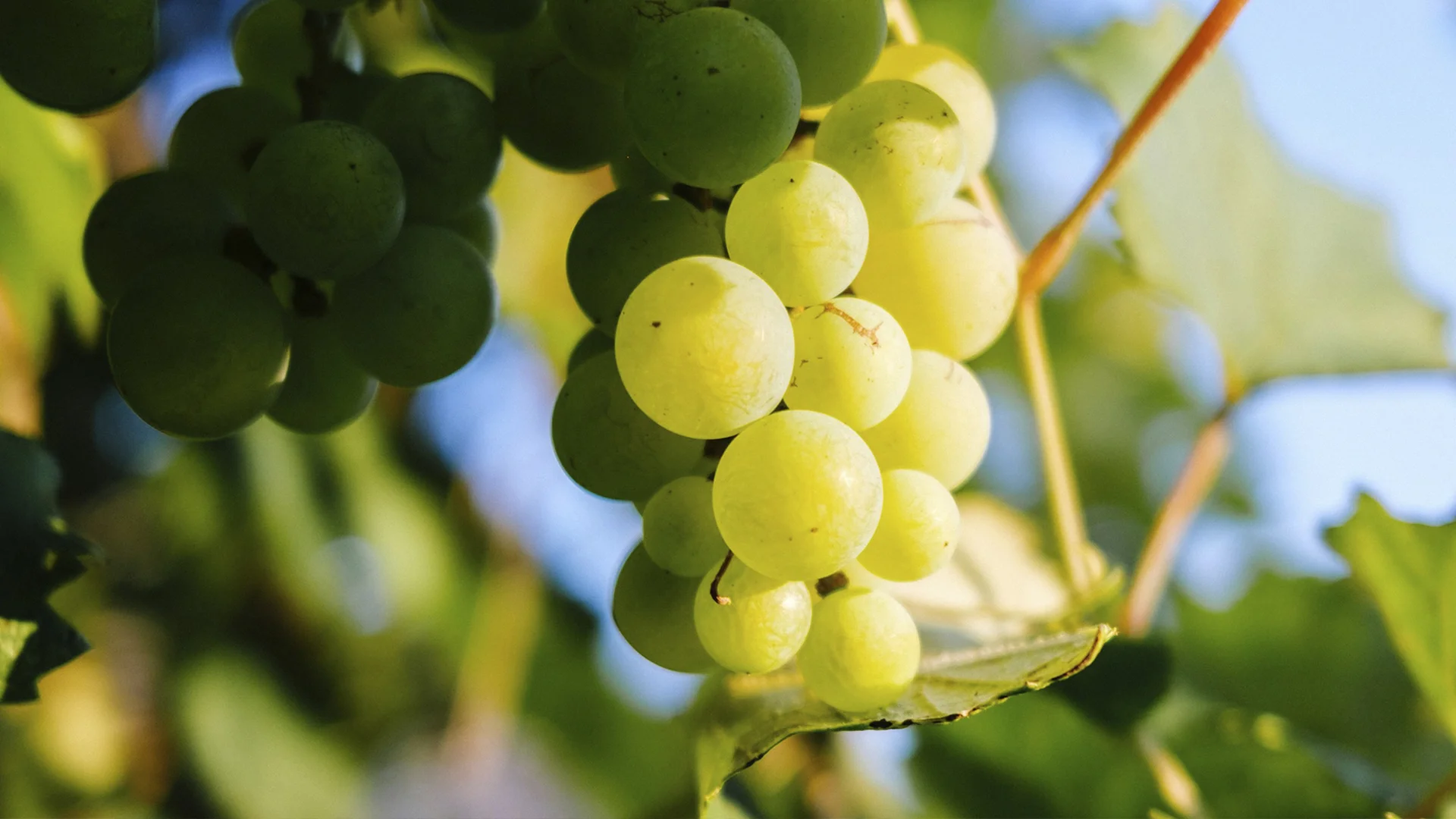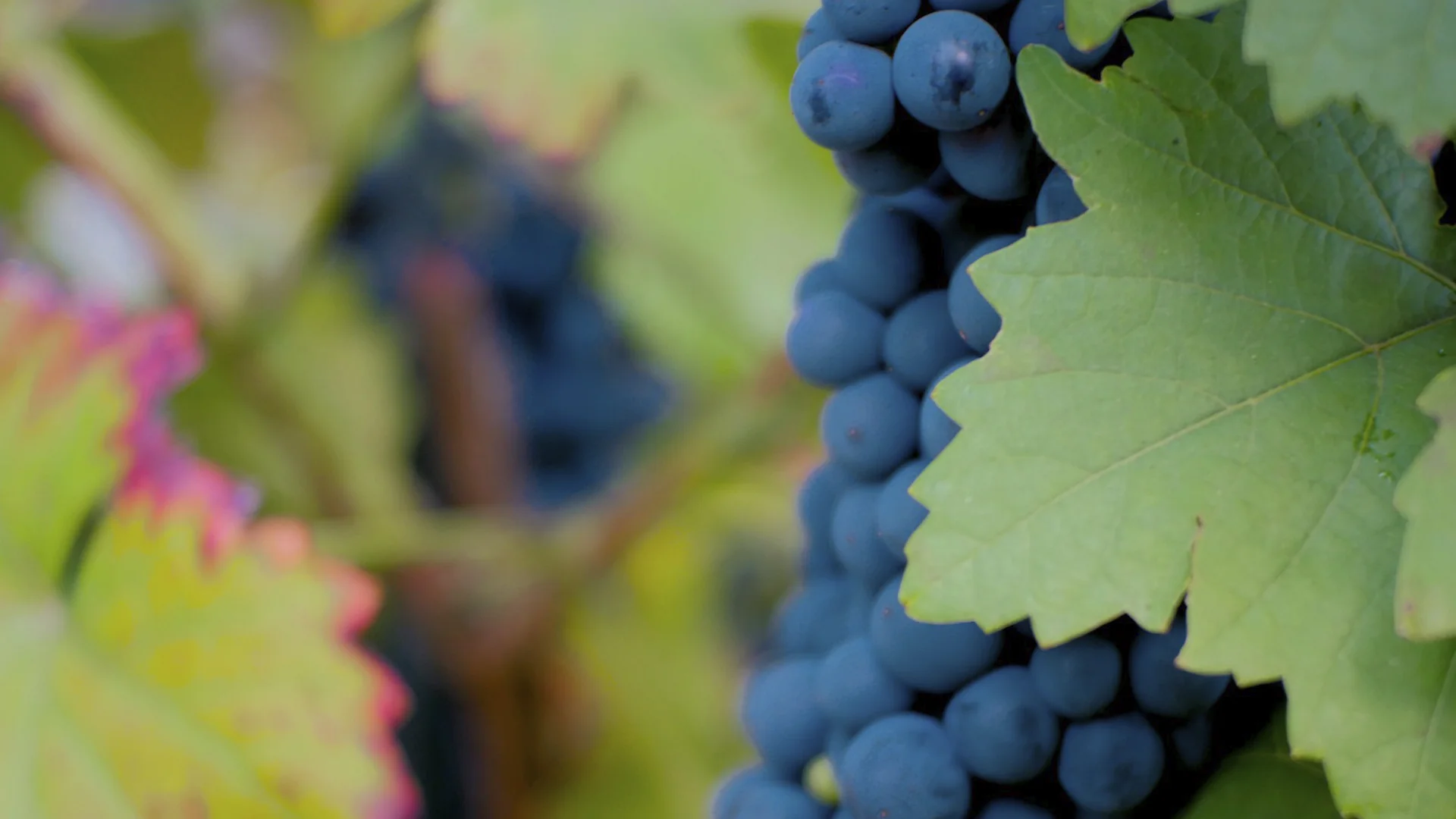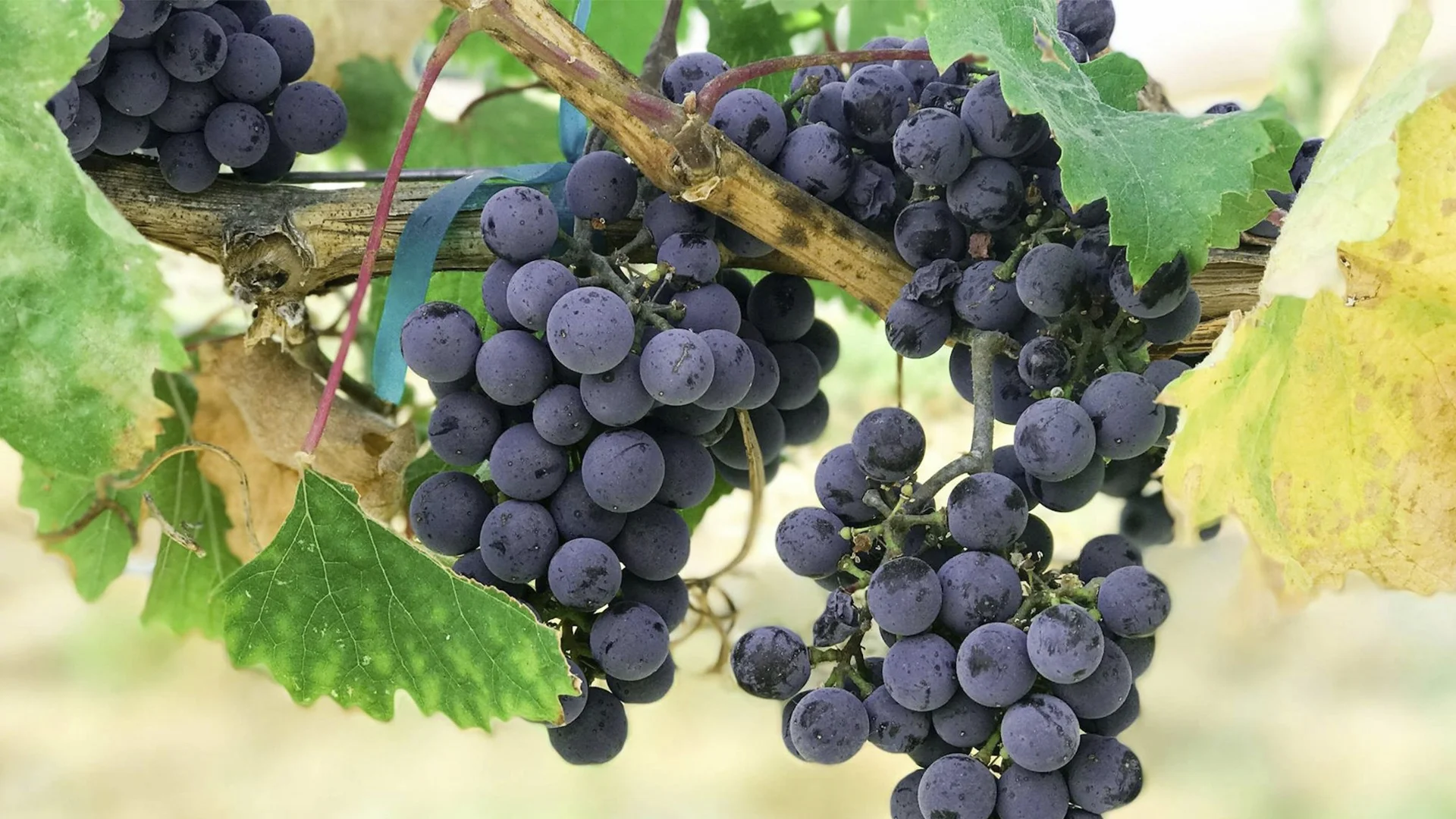
In the world of wines, few grape varieties elicit as much emotion, devotion, and fascination as Pinot Noir. Hailed for its diverse aromatic profile and capacity to convey terroir subtleties unlike any other, the Pinot Noir grape has carved out a niche in the annals of viniculture, becoming the centrepiece of many conversations and tastings. From its delicate hues to its intricate flavours, this varietal has charmed both novice wine enthusiasts and sommeliers alike. In this comprehensive guide, we journey into the very essence of Pinot Noir, from its origins to its paramount importance in the global wine industry.
The story of Pinot Noir is a tale that spans millennia. Its origins can be traced back to the ancient Romans, though it's believed that the grape had been cultivated long before their reign. Over the centuries, Pinot Noir has travelled and evolved, weaving its way through historical events, different terrains, and various cultures, giving birth to legends and establishing its dominion in select wine regions.
Pinot Noir holds a position of distinct prominence in the contemporary wine landscape. Not only is it the star grape behind the famed red wines of Burgundy, but it's also a key player in Champagne, where it adds structure and depth to the world's most celebrated sparkling wines. Its adaptability has allowed it to find homes in various wine regions across the world, from Oregon's Willamette Valley to New Zealand's Central Otago.
As we delve deeper into the realms of Pinot Noir, prepare to immerse yourself in its captivating history, understand the nuances that differentiate one bottle from another, and appreciate the painstaking efforts behind every sip of this illustrious wine.
Pinot Noir is a revered and celebrated grape variety known for producing some of the world’s most exquisite and sought-after red wines. It originates from the Burgundy region of France, where it has been cultivated for centuries. With a name derived from the French words for “pine” (pinot) and “black” (noir), Pinot Noir is renowned for its tight, pine-cone-shaped clusters of dark, almost black grapes.
The Pinot Noir grape is notoriously challenging to cultivate, demanding careful attention and optimal conditions to thrive. It prefers cooler climates, with the right balance of sun and moisture. The grape's thin skin makes it susceptible to diseases, pests, and rot, necessitating vigilant management in the vineyard.
Its delicate skin also contributes to the light colour and complex aromatics of the wines it produces. Pinot Noir wines are celebrated for their silky textures, bright acidity, and flavours ranging from red fruits like cherry and raspberry to earthy mushroom and forest floor notes. The wine often conveys a sense of place or terroir, reflecting the unique characteristics of the region where it is grown.
While this grape variety is most closely associated with Burgundy, it is now grown in wine regions around the world. Each region imparts its signature characteristics to the grape, resulting in a diverse array of Pinot Noir wines. Some of the countries where Pinot Noir is most popular, apart from France, are the United States, New Zealand and Australia. The grape has exploded in popularity in British Columbia, Canada, claiming the status of the 2nd most planted grape varietal with an impressive 13.06% of all vineyard acres, according to the 2022 BC Wine Grape Acreage Report.
Pinot Noir is highly versatile when it comes to food pairings. Its bright acidity, low to moderate tannins, and complex flavour profile make it suitable for pairing with a wide variety of dishes. It pairs excellently with poultry like duck and turkey, pork, grilled vegetables, and even fish like salmon. The wine’s earthy notes complement dishes featuring mushrooms and truffles, while its red fruit flavours work well with dishes incorporating sweet and savoury elements. For an in-depth look into the eponymous wine, refer to our In-depth Guide to Pinot Noir Wine. We answer the most commonly asked questions there: What does Pinot noir taste like? When to drink Pinot Noir wine? How do French, California, and Oregon Pinot Noir wines differ? And so much more.
Something you may not know but helps to explain why winemakers all over the world are obsessed with this grape:
Every grape varietal has a story, a lineage, a tale that emerges from the very soil it springs from. But few have as rich and compelling a narrative as the Pinot Noir. As we uncork the bottle of its past, we find a wine steeped in history, from ancient vineyards to the goblets of kings and onward to the diverse terrains it calls home today. The journey of Pinot Noir isn't just about the transformation of a grape into wine; it's about how this remarkable grape has shaped, and been shaped by, the ever-evolving tapestry of viticulture. In the narrative below, we will traverse through time, retracing the roots of this iconic grape, its evolution, and its timeless romance with wine lovers across the globe.
Originating from a vine as ancient as the histories it intertwines with, the Pinot Noir grape stands as a testament to the evolution of viticulture. Its name itself draws from the French words "pin" and "noir," meaning "pine" and "black," respectively. The name beautifully mirrors the grape's tight pine-cone-shaped clusters and deep, dark colour. Theories suggest that the grape could have been cultivated as far back as the Roman era, although definitive records of its existence and cultivation emerge from the Middle Ages.
The tale of Pinot Noir’s journey is as intoxicating as the wine itself. It began its illustrious life in the fabled wine-growing region of Burgundy, France. Here, over centuries, the Burgundians meticulously honed their craft, producing wines that would become the benchmarks for quality globally.
As trade routes expanded and viticulture practices evolved, so did the reach of Pinot Noir. It wasn't long before the grape began its expedition beyond the French borders:

As we trace the grape’s footsteps, what becomes evident is the reverence winegrowers have for the grape varietal. Its sensitivity to terroir and climate means that every region, every vineyard, and even every single vine can tell a unique story through its wine.
The journey of Pinot Noir, from its Burgundian cradle to the sprawling vineyards across continents, is a tale of passion, persistence, and, above all, the pursuit of perfection. It embodies wine's ability to capture the essence of time and place, drawing wine enthusiasts into its narrative sip by delightful sip.
The art of viticulture is akin to painting a masterpiece. Each decision, from picking out the vineyard site and positioning the vines to the method of pruning, influences the final palate of flavours in the wine. And with a grape as sensitive and nuanced as Pinot Noir, this process is both challenging and rewarding. The cultivation of this grape requires an understanding of its unique characteristics, preferences, and vulnerabilities.
Pinot Noir is often described as a fickle grape, demanding the utmost care and attention. Its vines display a vigour that can sometimes be challenging to manage. With an upright growth pattern, the vines often require systematic training and pruning to ensure optimal sun exposure and air circulation, which are crucial for the grape's maturation and health. The leaves are typically dark green with a 3-lobed or 5-lobed pattern, and its clusters, as the name suggests, are compact, resembling a pine cone, with thin-skinned berries prone to various external factors.
While Pinot Noir has proven its ability to adapt, it flourishes in specific conditions. The grape prefers a cooler climate, which allows for a longer ripening period. This extended maturation is essential for the development of its intricate flavour profile and aromatic qualities.
The ideal soils for Pinot Noir are well-draining, often with a mix of clay, limestone, and chalk. The famed Burgundian terroirs, like those of the Côte d'Or, offer a mosaic of these soil types, each imparting distinct characteristics to the wines. However, Pinot Noir's adaptability means it can also express itself beautifully in diverse terrains, from the volcanic soils of Oregon to the schist-rich lands of Central Otago.
Pinot noir is a thin-skinned grape. Its delicate, soft skin and tightly packed berries make the grapes particularly susceptible to various diseases and pests. Among the most prevalent threats are:

Navigating the challenges of Pinot Noir viticulture is a labour of love. Each vineyard tells a tale of battles against nature's adversities, understanding the grape's quirks, and the relentless pursuit of the vigneron or vineyard manager to conquer the grape and achieve vinous excellence. Through the lens of viticulture, the true character of Pinot Noir is revealed, shaped by the hands that nurture it and the land that cradles it.
The allure of Pinot Noir, like many great wines, is inseparable from the regions it thrives in and the soils it draws life from. From the ancient vineyards of Burgundy to the pioneering lands of the New World, the magic of this grape lies in its ability to be a canvas, beautifully illustrating the story of its surroundings. Terroir – a term that captures the essence of soil, climate, topography, and human touch – plays a pivotal role in the grape's manifestation. As we journey through the renowned regions of Pinot Noir and the nuances of their terroirs, we unveil the symphony of factors that make every Pinot Noir wine distinct, memorable, and, above all, a reflection of its homeland.
The globe-spanning journey of Pinot Noir is as intricate as the wine itself. While it may have its ancestral roots in specific regions, the grape's adaptability and the curiosity of vintners have seen it planted across diverse terrains. Each region offers a distinct interpretation, drawing from its unique environment and winemaking traditions.
Terroir, in its myriad forms, sculpts the character of Pinot Noir. For example, the limestone-rich soils of Burgundy provide minerality and finesse to the wines, while the volcanic soils of Oregon lend them a distinct earthy depth. The grape's thin skin makes it especially receptive to its environment, translating the nuances of its habitat into aromatic and taste profiles. Whether it's the maritime influence in New Zealand giving rise to vibrant fruit-forward wines or the cooler climates of Germany imparting a gentle acidity, terroir is the silent composer of the Pinot Noir symphony.

The intimate relationship between the vine and its environment is paramount, especially for a grape as sensitive and expressive as Pinot Noir. The narrative of this varietal not only captures the nuances of the terroir it springs from and reflects the broader environmental implications of its cultivation. As concerns about the planet's well-being rise to the fore, the wine industry is compelled to introspect and innovate. From sustainable production practices to responsible resource management, Pinot Noir's journey is increasingly intertwined with the global commitment to environmental stewardship.
As global climates and ecosystems undergo transformation, the wine industry, particularly the production of sensitive varietals like Pinot Noir, finds itself at the nexus of environmental responsibility and adaptation. Producing Pinot Noir in a sustainable manner is not just about preserving the environment; it's also about ensuring that future generations can experience and appreciate this exquisite grape.
In the intricate ballet of viticulture, water pirouettes are both a nurturing force and a challenge. For the nuanced Pinot Noir, water isn't merely about hydration; it's about shaping the grape's very character. Coupled with this is the increasing realization that traditional farming methods, replete with chemicals, might yield immediate results but leave a lasting, often detrimental imprint on the environment. As a result, organic and biodynamic farming approaches are moving from the peripheries to the forefront of Pinot Noir cultivation.
The wine industry's renewed focus on water conservation and sustainable farming methods represents more than just an operational shift. It's a deep-seated acknowledgment of producers' custodial role towards the land and the legacy of Pinot Noir.
Pinot Noir wines are celebrated for their elegance, complexity, and ability to express terroir. Below are some of the most famous Pinot Noir wines from around the world, each celebrated for its unique aroma, flavour profile, and significance in the wine industry:
In our journey through the annals of Pinot Noir's history, we've explored more than just the intricate facets of a famed grape. We've delved into a saga that harmoniously weds humanity's endeavours with the undulating rhythms of nature. As we cast our eyes forward, the vibrant story of this illustrious grape is on the cusp of embracing new chapters imprinted with budding regions, groundbreaking research, and evolving trends.
The traditionally revered heartlands of Pinot Noir, like Burgundy (France) and the Willamette Valley (Oregon, USA), are now being joined by unexpected protagonists. The cool embrace of Scandinavia, for instance, is weaving its own narrative, stretching the grape's potential with an extended ripening season. Meanwhile, the high-altitude whispers of Argentina's Uco Valley and the rugged terrains of the Andean foothills lend Pinot Noir unique tales of zest and minerals.
The world of Pinot Noir stands at a fascinating crossroad, echoing with the reverence of its storied past and the electric anticipation of an uncharted future. Through its shifts and swirls, one thing remains certain: the allure of Pinot Noir, deeply rooted and ever-evolving, will continue to enthrall generations to come.





























































































.webp)

.webp)





Are you interested in
collaborating with us?